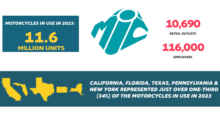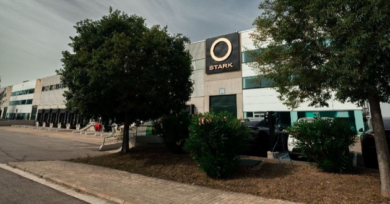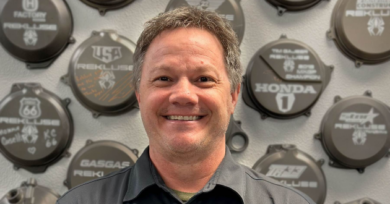Can you offer 30 seconds of intentional appreciation?
When is the last time someone looked you in the eye and sincerely said some version of the following: “I really want to thank you for your business. We really appreciate it.”
I asked that question at an in-dealership training session earlier this month to a group of about 30 employees. After moments of silence, and as everyone struggled to recount an instance, one guy proudly said, “That just happened a few months ago!”
Listen to his words: It just happened a few months ago. Translation: It took a room of 30 people several minutes to jog their memory back 90 days to recount the last time someone said that phrase, and meant it. And in his mind, that was “recent.”
How many retail experiences have most of us had in the past 90 days? From buying a pack of gum to filling up the truck with gas, grabbing a latte at Starbucks to a night on the town, I’m guessing that we’ve had at minimum of one transaction per day. Fair? So it takes 90 retail transactions for someone to sincerely appreciate our business? Probing deeper, we come to find out it was when he purchased a new car! Wow. It took the purchase of a new car to elicit that response?
I love excellent customer service. I will pay handsomely for it, and over-tip every time for it. Conversely, I loathe poor customer service. Equally disappointing is apathetic customer service.
I actually have an entire PowerPoint presentation called, “What you meant to say was…” during which I walk through real-life retail scenarios of me responding back to retail clerks with the correct verbiage that they could have used to provide a completely different buying experience. Yes, I’m that guy.
Most recently, I went to the front desk of a hotel where we had contracted out one of their meeting rooms for the day, which is not an inexpensive venture. I went to the cooler next to the front desk, and grabbed a Gatorade, put in on the counter, and waited.
“Two dollars,” was the response. There was no, “How’s your day?” There wasn’t even a “Two dollars, please.”
So I handed her two dollars, she put it into the drawer, and just looked at me. I stood there, uncomfortably silent on purpose. She finally said (in an exhausted, put-off tone), “Was there something else?”
How hard can it possibly be to say, “Thank you?” Our industry has it so backwards. I see parts guys going to retrieve parts for customers as if they are doing a favor for the customer. No. The customer is doing the favor to the employee by walking in the door.
We can never forget that the customer is giving us retail dollars for a product or service, oftentimes one that they can get at several other places and frequently for less money. You’re not doing me the favor by fixing my bike; I’m doing you the favor by giving you retail dollars to do it.
The final step in the sales process for every department should be some version of thanking the customer and inviting them back in the store. There are actually six steps that should be accomplished within this step, as it’s designed to create future sales, not just appreciate the existing sale.
When I’ve brought this up in training, I’m often told that people don’t always have the time to accomplish this step. That always amazes me, as the total time necessary for the step is around 30 seconds. Here’s how it should go down:
“Hey Matt, I think you’re really going to love that heated gear. That’s a really good call on your part. And thank you, by the way. We really do appreciate the business. Do me a favor. When you’re out riding with your friends, and you’ve got the heat cranked up and you’re loving it, come back in and tell me about it, OK? And bring your friend too! I’d love to meet them.”
That’s it. That’s all it takes — 30 seconds of intentional appreciation for the actual product and customer. Now let’s dissect what six steps just happened inside those few sentences.
1. You’re going to love it = Minimizing buyer’s remorse. Customer is less likely to set the product down if employee reiterates how good of a product it is just prior to purchase.
2. Good call on your part = You are smart. People love being told they are smart.
3. Sincere thank you = Always appreciated by customers.
4. Come back = Invitation to return may lead to more sales, and gives employee a chance to continue to cultivate the relationship. Also gives customer perception of genuine care from the employee.
5. Tell me about it = Tell me a story. Stories convey passion and enthusiasm. People can relate to them, and employees can use that story with the next customer interested in heated gear.
6. Bring your friends = Referrals. With only 3 percent of the U.S. market riding motorcycles, having the rider bring in his friends that he rides with is a great way to bring in new customers and transfer the experience and relationship to the referrals.
Taking time for this last step is critical. In addition to sincerely thanking the customer for the business, you’ve created future sales and possible referrals. More importantly, it’s the right thing to do for the customer.
Sam Dantzler is the founder of Sam’s Powersports Garage, a membership website dedicated to best practices and all-staff training. He can be reached at sam@samspowersportsgarage.com.









I want to thank Sam for the December article on appreciation. I’ll be using it this saturday at our weekly meeting of employees.